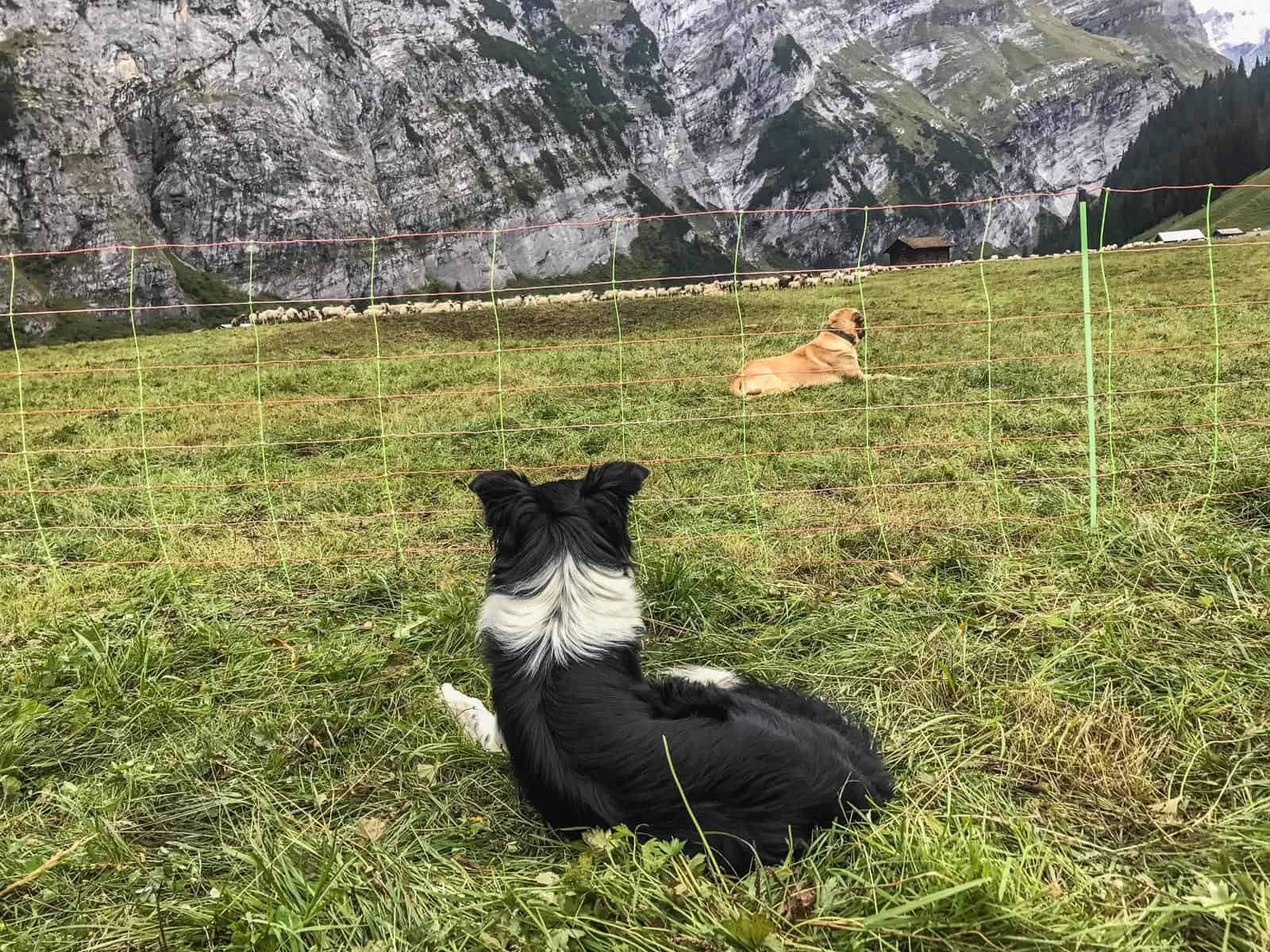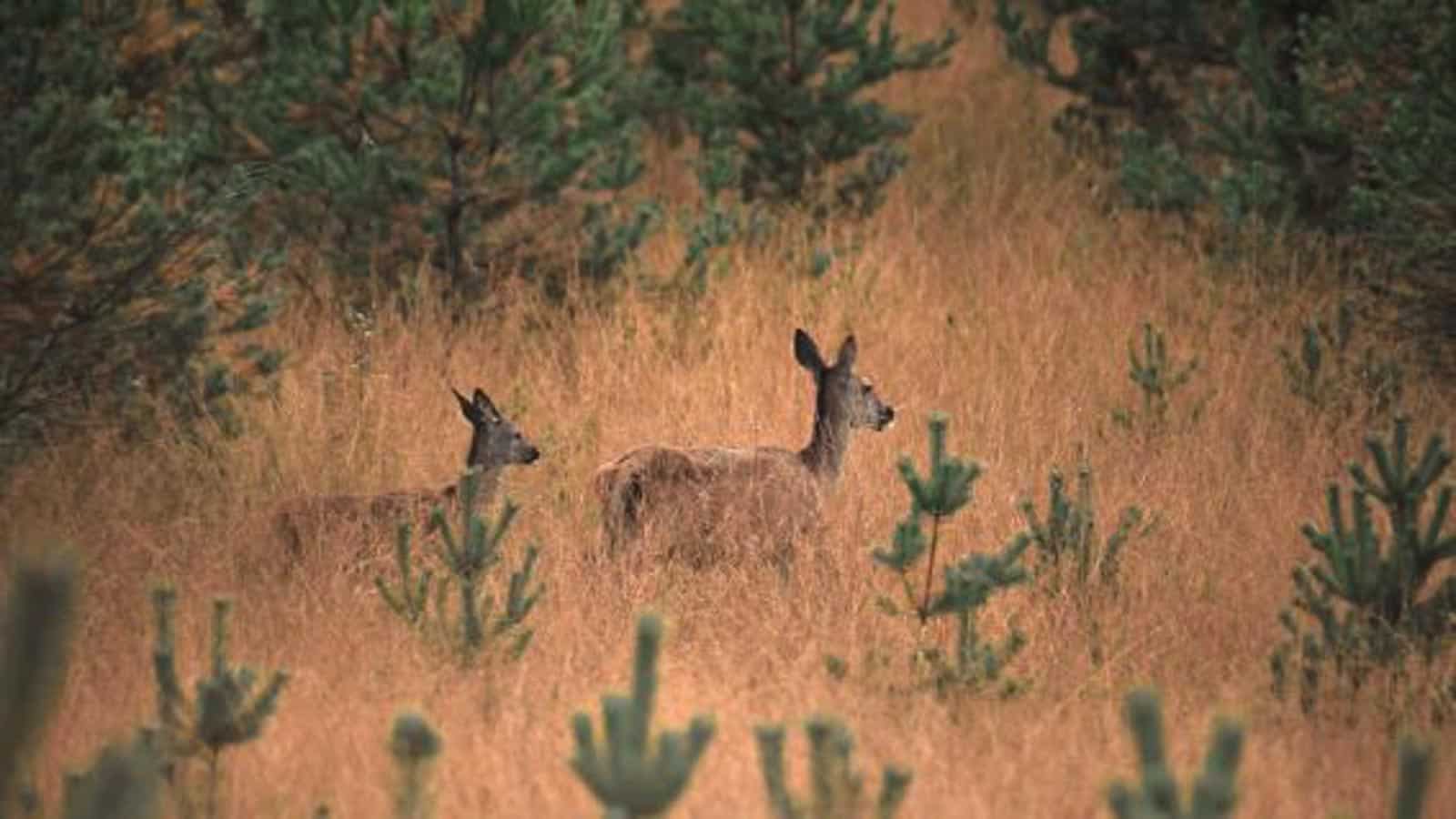Switzerland sticks to strict regulations for legal wolf killings
Swiss authorities confirm several livestock killings in the Swiss region of Val d’Anniviers in the canton of Valais since the beginning of June. This of course leads to numerous demands to kill the responsible wolf. However, an official statement of the canton says that the requirements of permitting the shooting of a wolf have not been met yet. The two affected alps are located in the midst of a documented wolf pack’s territory. This fact leads to different regulations and requirements as with lone wolves.
Please also read: Wolf remains protected by EU Parliament
Wolf packs defend their territory
The Singlinaz and La Lé alps reported 39 sheep killings since the beginning of June. More than a dozen animals are still missing. It is not yet clear if one or more wolves attacked the sheep. According DNA analyses are still running. Both alps lie in the midst of a wolf pack territory. A monitoring of the Swiss department of hunting, fishing and wildlife (DJFW) confirmed the presence of the pack last autumn. The results of the monitoring further show that the territory is home to four documented collared wolves. The federal hunting law prevents the issuing hunting permits for lone wolves within the territory of a documented wolf pack. The only possible way to legally reduce the wolf population is with permitted regulation.
Wolf packs defend their territory towards passing lone wolves. Main reason for this is to guarantee the secure food supply for the pack. Consequently, the establishment for lone wolves on the territory of an established wolf pack is very difficult and rare and thus wolf packs involuntarily reduce depredation of livestock by wandering single wolves.
Strict regulations for legal reduction of the Swiss wolf population
Switzerland demands the fulfilling and proof of several points to issue a permit for a regulation of wolves. For example, the killing of 15 livestock animals, protected or not, can be lead back to wolf attacks. Furthermore, there has to be proof of a reproduction of the wolf pack. The according request must be submitted at the federal government till the end of the year. A regulation permit needs approval from the ministry of environment. The mentioned monitoring of the DJFW now aims to document a possible reproduction of the wolf pack.
Strict regulations like this protect a livable population of wolves in Switzerland and prevent hasty decisions after emotional situations, like the killing of livestock. It further encourages the farmers to protect their animals to minimise the risk of any wolf attacks. Wolf packs adapt to local circumstances and pass their knowledge on to their next generation. Consequently, if wolves are used to livestock protection measures, like electric fences and dogs, they will adapt and avoid these possible dangerous areas.

The office for hunting and fishing just confirmed the reproduction of the neighbouring Calanda wolf pack in the canton of Graubünden. The only documented wolf pack in Austria lives on the military ground of Allensteig. Authorities confirmed the reproduction of the Austrian pack as well earlier this year.







